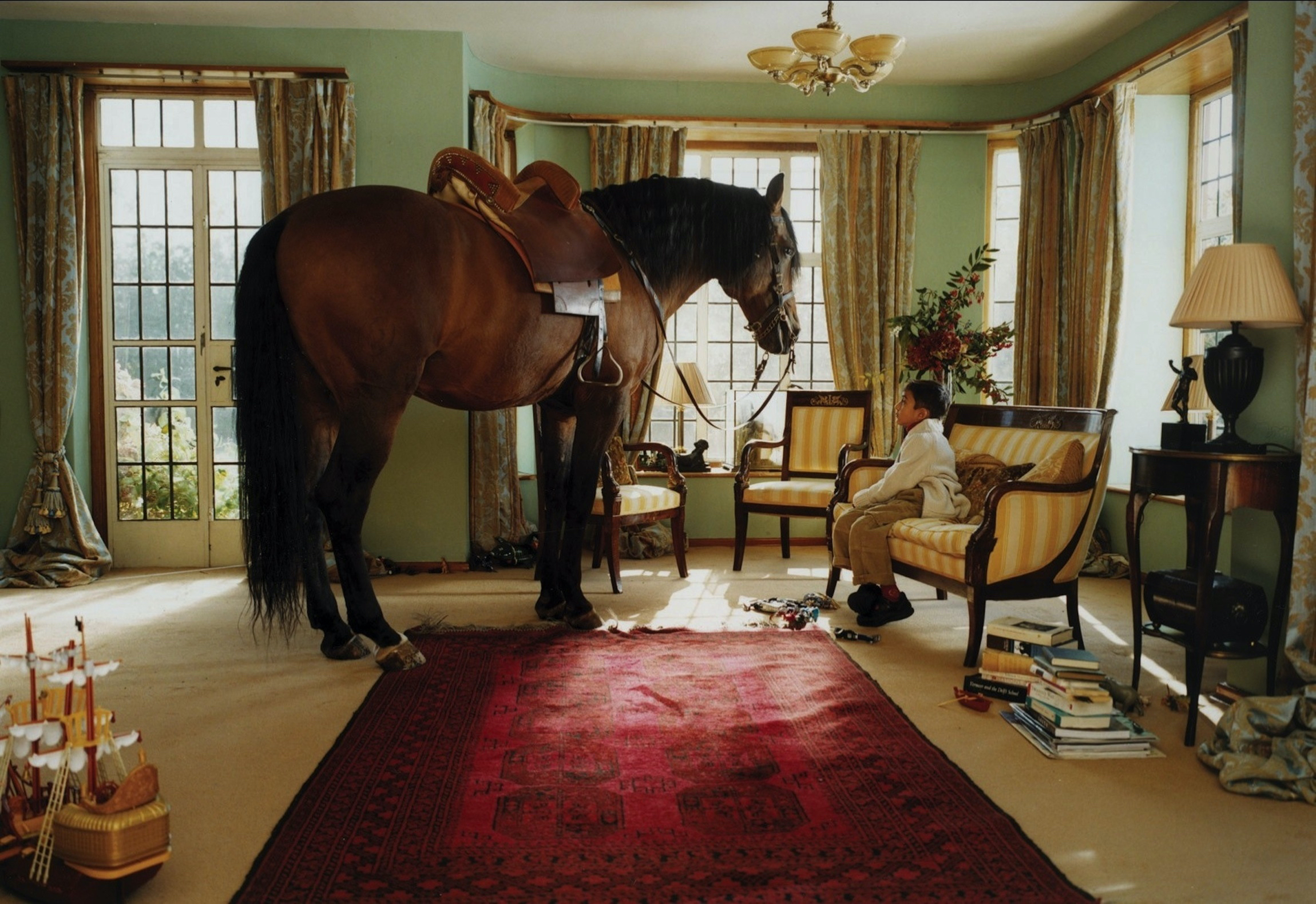
As is the way with most countries, racism in the U.K. comes in waves. Seventeenth and eighteenth-century colonialism and involvement in the slave trade have bred a particular kind of British entitlement that runs red with discrimination. And, when times are hard, the next wave of racism crashes in, as sure as night follows day.
The economic slump during the late 1970s—and the resultant record high unemployment figures—opened the U.K. to a tsunamic wave of prejudice. Asked why the country was in the doldrums during a 1978 TV interview, Prime Minister Margaret Thatcher blamed immigration. “The British character has done so much for democracy, for law and done so much throughout the world, that if there is any fear that it might be swamped, people are going to react and be rather hostile to those coming in,” she said. In short, it was all the foreigners’ fault. The hostility that followed was terrifying. Immigrant-owned businesses were attacked. Race-related riots ripped through the country. Fascist movements found a place in the mainstream. Right-wing media pushed anti-immigration agendas. Amidst the escalating violence, Black British female artist Lubaina Himid put together three exhibitions: “Five Black Women” at the Africa Centre in London in 1983, “Black Woman Time Now” at the Battersea Arts Centre the same year and “The Thin Black Line” at the ICA gallery (a stone’s throw from Buckingham Palace) in 1985. All three shows featured artwork exclusively by Black and Asian female artists, and Himid has returned to the ICA with “Connecting Thin Black Lines 1985-2025,” which features all of the first survey’s eleven artists, but with artworks made before and since on view.
One of the most important artists in the U.K. art landscape today, Lubaina Himid is a testament to keeping going, despite the enormous obstacles hurled in front of Black British women artists over the years. She was the first Black woman to win what is arguably the U.K.’s prestigious art award, the Turner Prize, in 2017, and her new ICA project provides a fascinating insight into the career trajectories of the artists originally involved. More importantly, the new show is a chilling reminder that the poisonous waves of prejudice the artists endured during the 1980s have returned.


Another Turner Prize winner, Veronica Ryan’s Threads piece—crushed plastic bottles caught in a net of crocheted cotton—speaks of trafficking human souls across foreign seas. Brenda Agard’s three black and white photographs from 1985 and 1987 celebrate the success of Black women artists and photographers, despite the odds. The colliding effect of pastel drawings and collage in Jennifer Comrie’s 1987 artworks, Coming To Terms With Conflict, is both disturbing and intriguing. Marlene Smith’s Miss Pearl and Miss Mac: a day out is a life-size cutout of two ladies at a family wedding from Marlene’s family photo album. Taken in 1989 for the 150th anniversary of the invention of photography, Maud Sulter’s Polyhymnia (Portrait of Dr Ysaye Barnwell) photo depicts Dr. Barnwell as the Greek muse, Polyhymnia. D.r Barnwell holds a Master’s degree in public health and a PhD in speech pathology. She was also a singer for award-winning gospel group Sweet Honey in the Rock.
Painted in 1997, Lubaina Himid’s Venetian Maps series exposed the treasures from Africa lost in the history of Venice. Her Shoemakers canvas from the set is on display here. Created in 2022 to celebrate the ICA’s 75th anniversary (and as a reminder of the 1985 show), Lubaina’s The Thin Black Line ransom note-style print hangs nearby. Rice n Peas is a self-portrait made by Sonia Boyce in 1982. Sonia stares pensively out of the page, spoon in hand, as if she’s just taken a mouthful of food. Handwritten text below explains how Sonia’s mother tells her she needs to eat more, listing British meal staples like fish and chips alongside Caribbean food like salt fish and plantains. In 2016, Sonia became the first Black female member of that eminent British artists’ institution, The Royal Academy. And, in 2020, she represented the U.K. at the Venice Biennale—the first Black woman to do so.


Chila Kumari Burman’s A Moment to Herself from 2002 is a photo collage. Square tiles of vivid color make up a mosaic of objects from Chila’s apartment—bits of jewellery, sequins, flowers, lingerie and Hindu god decals. From this year, a clutch of Chila’s thrillingly elaborate neon pieces hang in the corridor next to the gallery. Ingrid Pollard began her Seventeen of Sixty-Eight project in 2018, collecting objects and photographs that represent the racial stereotyping of Black people in British culture over time. There were sixty-eight pubs in the U.K. with the words “Black Boy” somewhere in their name when the collection was started. The stained-glass representation of a young Black man here is typical of the type of decorative windows used in pubs. Across the room, Claudette Johnson’s paintings from 1986, Trilogy, are exquisitely defiant. Claudette was a Turner Prize finalist in 2024.
Sutapa Biswas’s Birdsong from 2004 is a surreal double-screen film installation focusing on figments of a child’s imagination. A racehorse stands next to a young boy in a posh drawing room modelled on those in ultra-British, colonial years paintings by John Constable and George Stubbs. Helen Cammock’s There’s a Hole in the Sky Part I & 2 2016 films trace the slave trade back to the Caribbean’s now-defunct sugar trade as a voice narrates the sights and sounds of Barbados. Made three years after the original ICA exhibition, Pratibha Parmar’s Sari Red film is a poetic memorial to Kalbinder Kaur Hayre, a young Indian woman who was killed in a racist attack in South London in 1985. Kalbinder had been out walking with friends when a gang of youths in a van began to shout racist abuse at them. Kalbinder shouted back. Incensed by her bravery, the youths drove their van into Kalbinder, crushing her to death against a wall.
Lubaina Himid’s steadfast work in pulling 1985’s “The Thin Black Line” exhibition together was a high-
“Connecting Thin Black Lines 1985 – 2025” is on now through September 7, 2025, at ICA London. Advanced booking is advised.


More exhibition reviews
<





